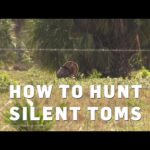10 Reasons the Late Season is the Best Time to Punch Your Buck Tag
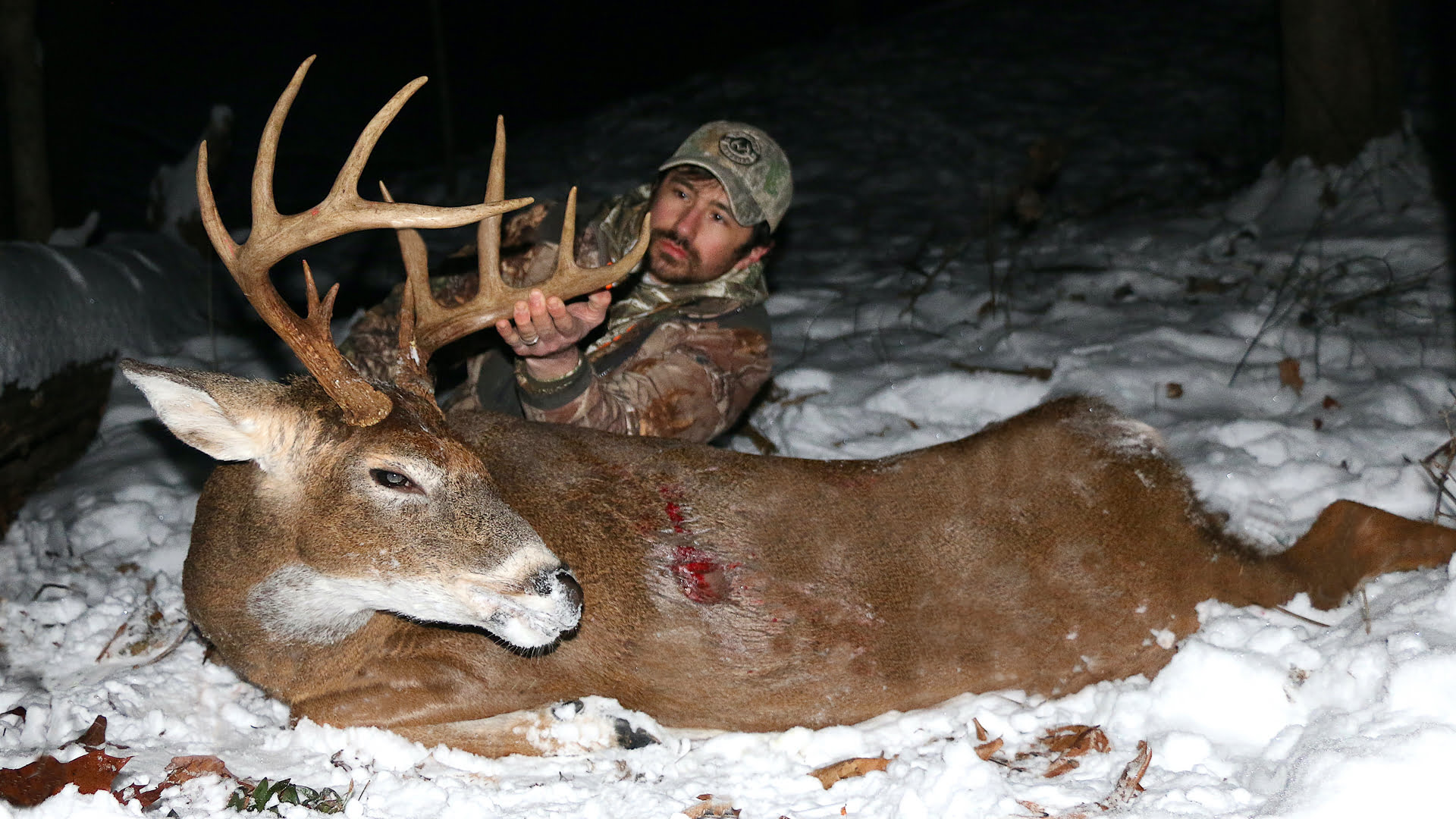
But for those where it’s over, the fourth quarter is here. This is a difficult time of the season to hunt for numerous reason. Rough weather, dead target deer, busted-up bucks, skittish deer, minimal access screening cover, and a plethora of other reasons. But there is an equal or greater number of factors that make the late season a phenomenal time to chase and harvest deer, especially mature bucks.
I know this from experience. Since December of 2019, I’ve been fortunate to bag three solid late-season bucks. One was in Kentucky (December of 2019) and two in Ohio (January of 2020 and January of 2022). Each of those harvests were products of the outline below.
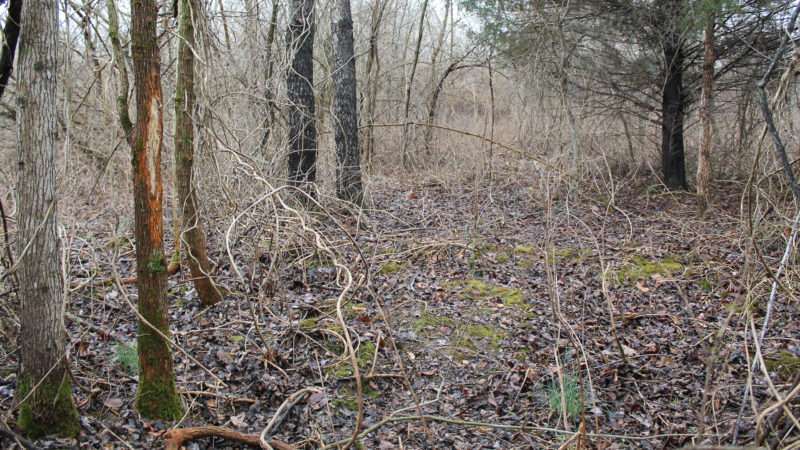
1. Scouting Is Easier
Once the late season arrives, there’s a lot of sign on the landscape. Not only is it there, but it’s also highly visible due to reduced foliage. Being able to see it is simpler due to fewer objects obscuring a hunter’s view and line of sight. Late-season deer hunters can use this to their advantage by glassing rubs, scrapes, and trails from a distance, or the back of an ATV, UTV, e-bike, or vehicle. Or, they can walk them up much more easily.
2. Other Hunters Have Quit
Most deer hunters have either filled their deer tags, or merely quit trying, by the time the late season arrives. That’s unfortunate for the quitters because they’re missing out on some excellent deer hunting opportunities. This is great for those still grinding it out, though. This means less competition, which allows the hard workers and persistent hunters to hunt more ground. Fewer hunters translates to larger acreages left to those still out there.
3. Hunting Pressure Is Dying Down
Due to other hunters tagging out or quitting, and therefore fewer hunters being afield, the overall hunting pressure is dying down. Less pressure means more relaxed deer that move greater distances during daylight hours. It also makes whitetails more patternable and predictable. Each of these things are advantageous to deer hunters.
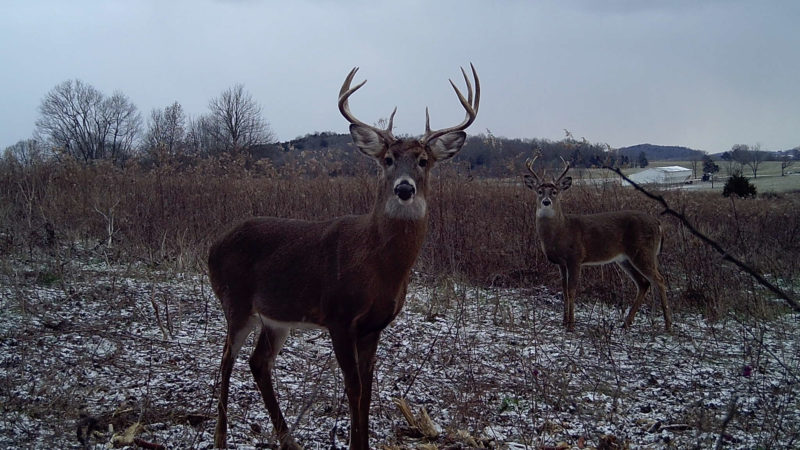
4. Significant Weather Fronts
Big weather fronts seem to spark deer movement. Take snowstorms, for example. I tend to see major movement improvements around snowfall. I also see improved movements with light rain. According to research by Penn State, moderate to higher wind speeds seem to improve daylight buck movement, too. Of course, severe weather such as heavy rain, hurricanes, thunderstorms, tornadic activity, etc., certainly don’t seem to improve deer movement. Hunters shouldn’t be in the field under such conditions, anyway.
5. Late-Estrus Does
The bulk of the rut is over. But a few receptive adult does might be remaining. This is true for those that missed or didn’t “stick” during their first cycle. It’s also true for doe fawns that reach the threshold necessary to enter estrus. While it generally doesn’t pan out to bank on these things, it’s certainly possible to encounter and benefit from them.
6. Good Bedding Cover Is Shrinking
Whitetails use different types of bedding cover throughout the year. In winter, that oftentimes translates to solar cover, thermal cover, and other thick areas that aren’t being pressured. That said, these are usually a small percentage of the landscape, which narrows down the search for target deer.
7. Depleted Food Sources Confine Deer
Just as the best bedding is dwindling, so are food sources. The deeper we get into winter, the fewer resources that are available on the landscape. This forces deer into the areas that still offer what they need. Some of these locations are standing crops, waste grains, food plots, general browse, and more.
Watch the video below for a look at what can happen when you find the right food source in the late season…
8. Consistent Bed-to-Feed Patterns
To build on the last few points, deer are becoming more predictable again. They’re settling into consistent bed-to-feed patterns. As this becomes more routine, hunters can set up along these lines of movement to capitalize on unsuspecting whitetails.
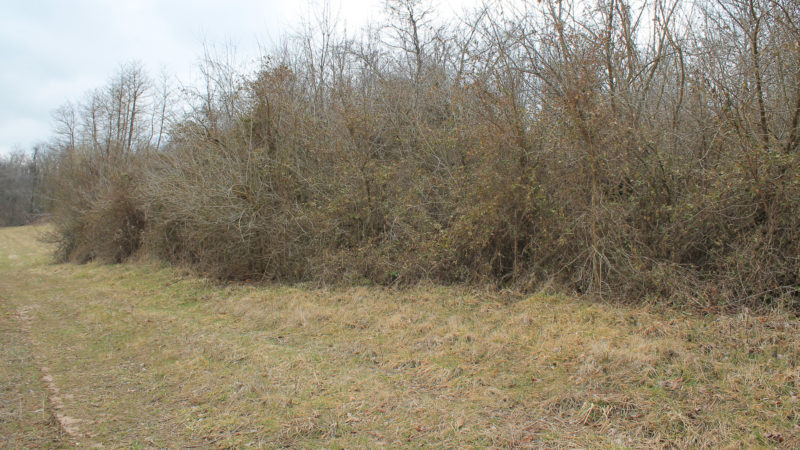
9. Afternoon Deer Movement
Afternoons were best during the early season. Then, once the pre-rut and rut arrived, mornings seemed to be slightly more productive. Now, as the late season progresses, afternoons are king again. Not that mornings should always be ignored, but the second half of the day tends to be the safer bet, and more productive.
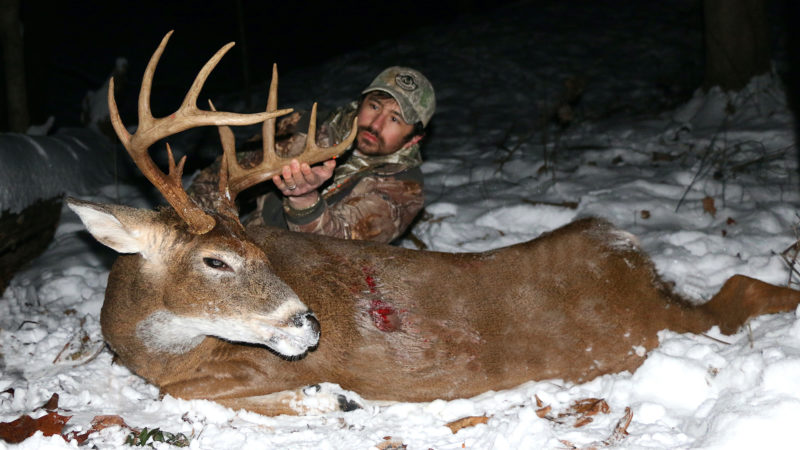
10. Easier Tracking Jobs
While the loss of greenery — which blood stands out against — is a downside, the late season often brings snow. These conditions can make it easier to follow post-shot sign, such as blood, disturbances, and tracks. Easier tracking jobs are certainly a perk during the late-season timeframe.
Bonus: The Challenge
Overall, the late-season is a great time to hunt. But it is very challenging, and that’s perhaps the best reason of all to chase whitetails in winter. It’s an excellent time to get into the outdoors and see God’s wonderful creation. With effort, planning, scouting, and execution, the late season is likely the best time to punch your buck tag. Get out there and see why.

